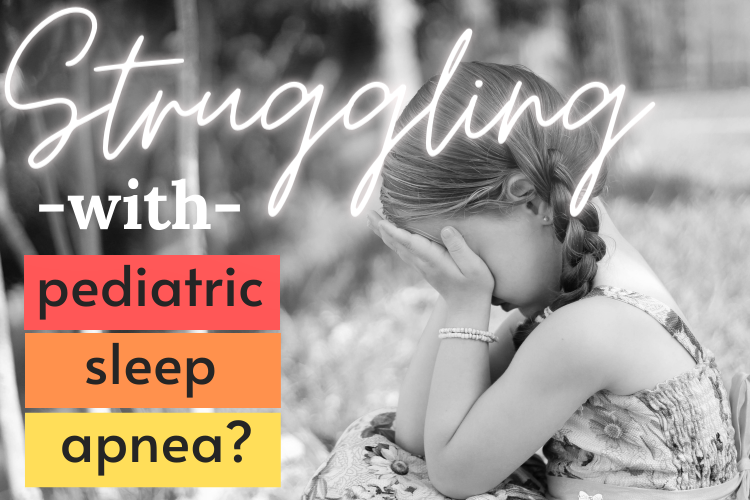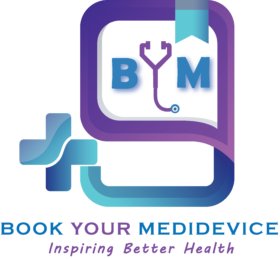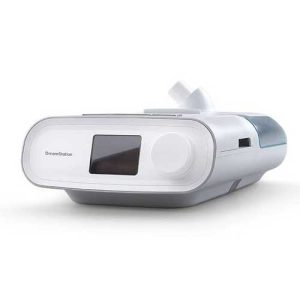Sleep Apnea in Children: Signs, Symptoms, and Treatment Options
August 20, 2024 2024-08-20 10:02Sleep Apnea in Children: Signs, Symptoms, and Treatment Options

Sleep Apnea in Children: Signs, Symptoms, and Treatment Options
Pediatric sleep apnea is a serious condition where a child’s breathing is repeatedly interrupted during sleep. Unlike in adults, sleep apnea in children can manifest in various ways and impact their health, behavior, and development. Understanding the signs, symptoms, and treatment options is crucial for parents and caregivers to ensure effective management and improvement in their child’s quality of life.
Signs and Symptoms of Pediatric Sleep Apnea
Recognizing sleep apnea in children can be challenging as the symptoms often differ from those seen in adults. Key signs and symptoms include:
- Loud Snoring: Frequent and loud snoring is a common indicator of sleep apnea in children. Although not every child who snores has sleep apnea, persistent snoring, especially if it’s accompanied by choking or gasping sounds, should be investigated.
- Pauses in Breathing: Parents may observe that their child experiences pauses in breathing during sleep. These episodes can be followed by gasping or snorting sounds as the child tries to resume normal breathing.
- Restless Sleep: Children with sleep apnea may exhibit restless sleep, characterized by frequent tossing, turning, or changing positions. They may also sweat excessively during the night.
- Daytime Sleepiness or Irritability: While children with sleep apnea may not always appear sleepy, they might show signs of irritability, hyperactivity, or difficulty concentrating during the day. Excessive daytime sleepiness can also occur, impacting their ability to function well at school or in social settings.
- Mouth Breathing: Chronic mouth breathing, particularly during sleep, can indicate that the child’s airway is obstructed. This is often due to enlarged tonsils or adenoids.
- Bedwetting: Sleep apnea in children has been linked to secondary enuresis (bedwetting) in those who had previously been dry at night.
- Difficulty Waking Up: Children with sleep apnea may have trouble waking up in the morning, and they may feel groggy or irritable upon rising.
- Behavioral Issues: Sleep apnea can contribute to behavioral problems such as aggressive behavior or mood swings, as well as poor academic performance due to difficulty concentrating.
Diagnosing Pediatric Sleep Apnea
If sleep apnea is suspected, it is essential to seek a comprehensive evaluation from a healthcare provider. The diagnostic process typically includes:
- Medical History and Physical Examination: A thorough assessment includes gathering a detailed medical history and performing a physical exam, focusing on the child’s airway, tonsils, adenoids, and overall health.
- Sleep Study (Polysomnography): The most accurate way to diagnose sleep apnea is through an overnight sleep study conducted in a sleep laboratory. This test monitors various physiological parameters during sleep, including breathing patterns, oxygen levels, and brain activity.
- Home Sleep Apnea Testing: In some cases, a simplified sleep study may be conducted at home using portable monitoring equipment. This method is less common for children but may be used depending on the situation.
Treatment Options for Pediatric Sleep Apnea
Treatment for pediatric sleep apnea depends on the severity of the condition and its underlying causes. Common treatment options include:
- Adenotonsillectomy: Enlarged tonsils and adenoids are a frequent cause of sleep apnea in children. Surgical removal of these tissues, known as adenotonsillectomy, is often an effective treatment and can significantly improve or resolve sleep apnea.
- Continuous Positive Airway Pressure (CPAP): If surgery is not suitable or effective, CPAP therapy may be recommended. This involves using a machine that delivers a continuous stream of air through a mask to keep the airway open during sleep. CPAP is generally used for moderate to severe cases of sleep apnea.
- Weight Management: For overweight or obese children, weight loss can be an important part of treatment. Reducing excess weight can alleviate the severity of sleep apnea and improve overall health.
- Orthodontic Treatment: In some cases, dental or orthodontic interventions may be used to help reposition the jaw or tongue and prevent airway obstruction. This is particularly relevant for children with specific structural issues contributing to their sleep apnea.
- Nasal Steroids: For mild cases of sleep apnea caused by nasal congestion or inflammation, nasal corticosteroids may be prescribed to reduce swelling and improve airflow through the nasal passages.
- Lifestyle and Sleep Hygiene: Improving sleep hygiene can also help manage sleep apnea symptoms. This includes establishing a regular sleep schedule, creating a comfortable sleep environment, and avoiding stimulants or heavy meals close to bedtime.
- Positional Therapy: In some instances, sleeping in certain positions may help reduce sleep apnea symptoms. For example, sleeping on the side rather than the back can sometimes alleviate airway obstruction.
Conclusion
Pediatric sleep apnea is a significant condition that can affect a child’s health, behavior, and development. Early recognition and intervention are crucial to managing the disorder effectively and improving the child’s overall quality of life. If you suspect your child may have sleep apnea, consult a healthcare provider for a thorough evaluation and appropriate treatment options. With proper management, most children with sleep apnea can achieve restful sleep and enjoy better health and well-being.




